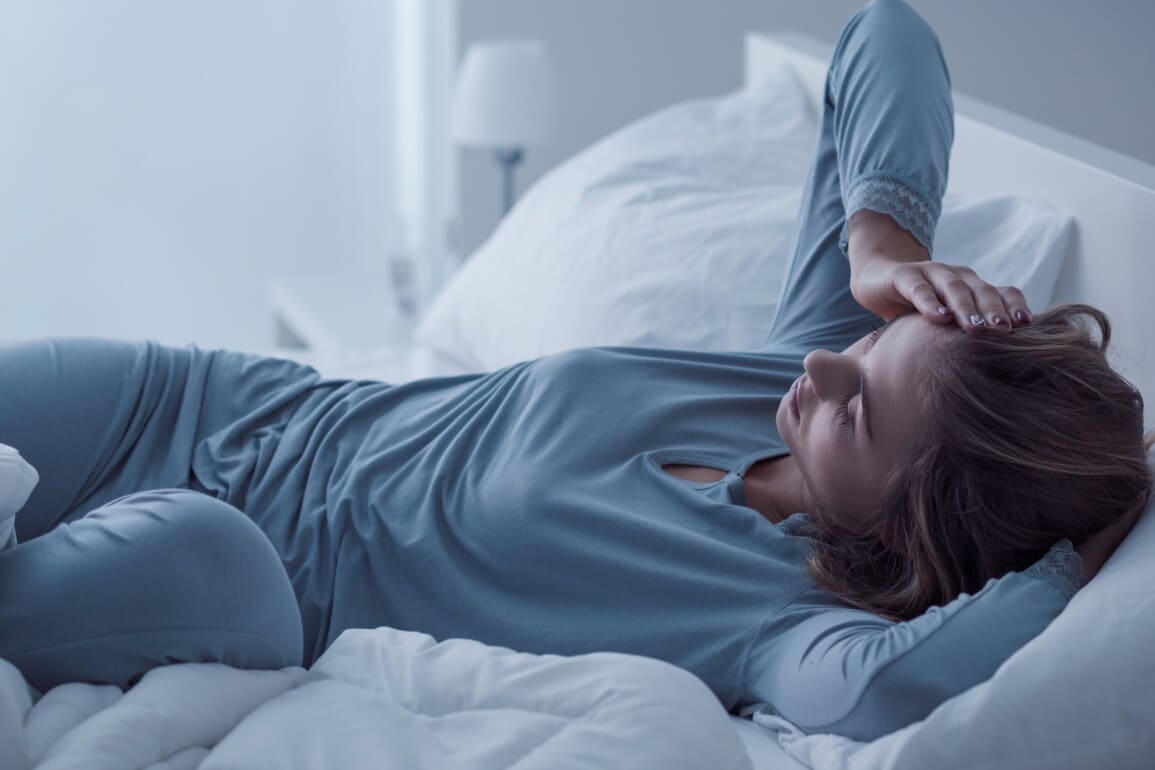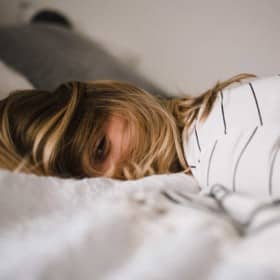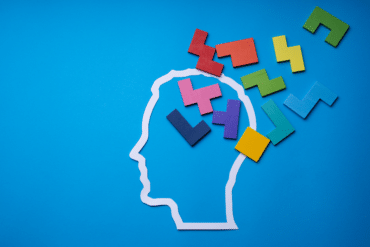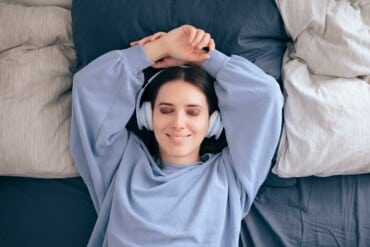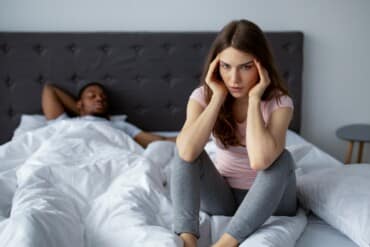For the most part, RLS and sleep apnea seem like two very different things. Here’s what you need to know about sleep apnea, restless legs syndrome, and the connections between the two conditions.
Restless Legs Syndrome, or RLS, is a condition wherein patients have an overwhelming urge to move their legs, even when sleeping. The condition can also cause unpleasant sensations in the thighs, calves, and feet.
Alternatively, sleep apnea is a condition which can prevent normal breathing when you’re asleep. The most common form of sleep apnea is OSA (obstructive sleep apnea), wherein the airways are obstructed during periods of rest.
Both common sleep disorders often lead to disrupted sleep, insomnia, and even sleep deprivation. Though RLS and sleep apnea don’t share a common pathophysiological mechanism, when sleep apnea is treated correctly, RLS can improve.
Read on to find the solution to your breathless fidgety nights.
RLS and sleep apnea: What is RLS?
Restless Legs Syndrome is a common condition characterized by the overwhelming need to move your legs. The issue tends to arise during the evening, increasing your risk of a disrupted sleeping pattern. More than 3 million cases of RLS are diagnosed in the US alone each year.
Aside from the restless legs, RLS can also cause symptoms such as:
- Unpleasant crawling or creeping sensations in the legs, calves, and feet
- Involuntary jerking of the arms and legs, often during sleep
- Itching, pins, and needles or uncomfortable feelings in the legs
Unfortunately, scientists still don’t know exactly what causes RLS. Research ongoing into the condition indicates the symptoms of restless legs syndrome may have something to do with a dopamine imbalance in the body.
Because dopamine controls muscle movement, it may also be responsible for involuntary leg movements. This is why some specialists recommend patients take treatments like 5-HTP for balancing dopamine. Taking 5-HTP could increase serotonin and may reduce the amounts of dopamine.
There’s also a connection between RLS and iron. Experts believe iron deficiency anemia leads to secondary restless legs syndrome. Iron-deficiency anemia is generally linked to lower sleep quality.
Treatments for this condition are often a combination of supplements and dietary changes. You may be able to use iron supplements to address the underlying problem with secondary RLS.
Investigation of treatment options for RLS has prompted several potential therapies, including strategies like quitting smoking, exercising regularly, and adopting better sleeping habits.
Research into RLS and L-Tryptophan also indicate Tryptophan may be useful for reducing the risk of RLS issues. L-Tryptophan helps to both promote sleep, and reduce the symptoms of RLS.
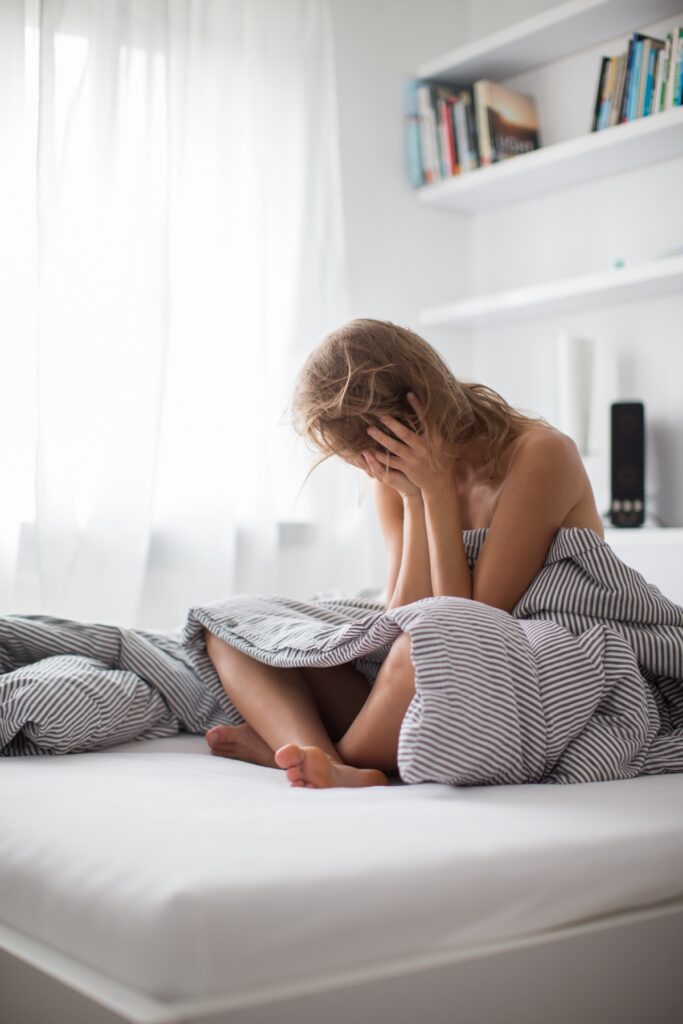
How are RLS and OSA connected?
OSA, or obstructive sleep apnea, is the most common kind of sleep apnea. This condition causes people to repeatedly stop and start breathing while asleep. OSA happens because the muscles in the back of your throat intermittently relax, blocking your airway.
Common symptoms of OSA include loud snoring, audible pauses in breathing and sleep deprivation, because sleep apnea leads to very disrupted sleep.
Sleep apnea can also heighten your risk of various other conditions, because it has a direct impact on the body’s ability to move into periods of REM sleep.
Lack of REM sleep can often cause the body to behave in unusual ways, prompting issues like sleepwalking and sleep talking.
According to studies, people with OSA are also more likely to suffer from RLS.
Treatments for OSA are similar to those for RLS in some cases. With both RLS and OSA, your doctor will recommend exercising regularly, drinking less alcohol, and quitting smoking.
With sleep apnea, you may also be encouraged not to sleep on your back, use nasal decongestions, and lose weight where possible. If necessary, you might be prescribed a CPAP-machine.
Sleep apnea and restless legs syndrome: The science
Sleep apnea and restless legs syndrome are both conditions more likely to develop as you get older. While anyone can be influenced by either condition, you’re more likely to have OSA over the age of 40.
When it comes to RLS, many people are also most likely to experience severe symptoms over the age of 40. The symptoms of RLS tend to become more severe over time.
Studies are beginning to show clinically significant RLS is more likely to appear in people with OSA. One study indicated RLS was evident in 8.3% of sleep apnea patients, compared to only 2.5% of the control group.
In some studies the prevalence of 21% of sleep apnea patients suffering from RLS is higher than the prevalence of RLS found in the normal population, where it occurs in 4 to 14%.
Further studies indicate compared to people who only suffer from sleep apnea, people with both OSA and RLS are also more likely to display insomnia-specific psychological symptoms, indicating a need for treatment options like cognitive behavioral therapy.
While scientists aren’t fully sure why RLS and OSA are connected, most believe it has something to do with the neural pathways in the brain interrupted. This happens during periods of OSA wherein an individual stops breathing.
The more disrupted your sleep, the more likely you are to suffer from secondary sleep conditions like RLS. Because of this, when sleep apnea is treated properly, with the use of lifestyle interventions and CPAP-machines, the prevalence of RLS goes down.
One study even found using a CPAP machine for treating sleep apnea allowed over half of the patients with RLS to reduce their intake of drug therapy for restless legs syndrome.
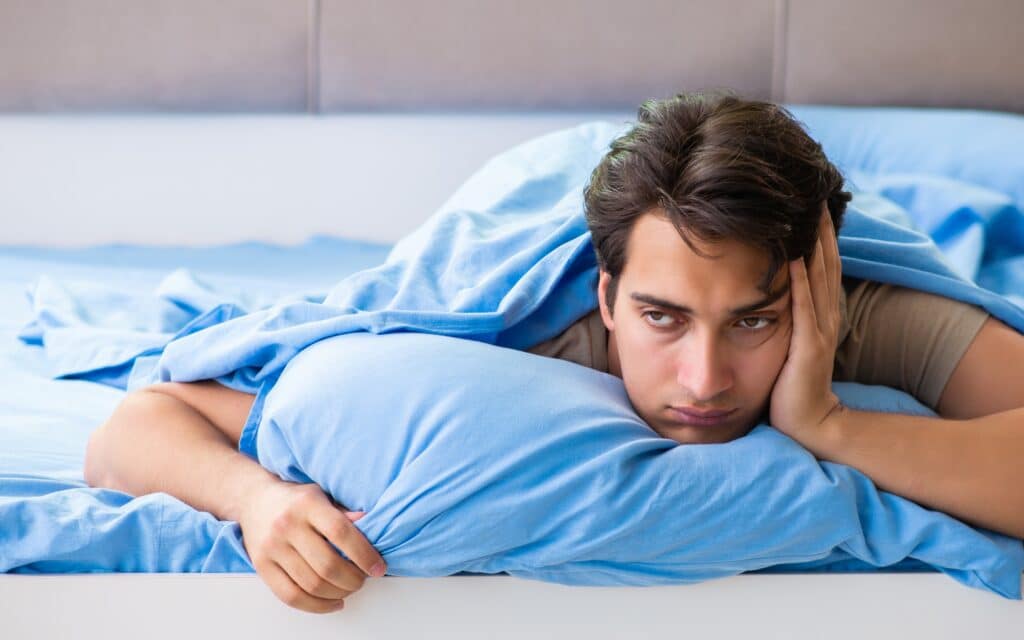
How do you treat both RLS and OSA?
RLS, sleep apnea, and other sleep conditions are often managed with a hybrid treatment strategy. Most doctors will recommend a combination of treatment plans, including cognitive behavioral therapy, lifestyle changes, and the use of supplementation.
First, both alcohol and cigarettes are more likely to worsen the symptoms of RLS and OSA. Caffeine can also negatively influence both conditions, so doctors will recommend reducing your intake of these substances as much as possible.
If you must drink alcohol, only do so more than 3 hours before you plan on going to sleep.
Improving your sleep hygiene habits by sticking to a consistent sleep schedule, making your room as dark and cool as possible, and following a routine before bed are all useful too. Other ways to improve sleep hygiene include:
- Blocking out as much external noise as possible to reduce disruptions
- Avoiding exposure to blue light before you go to bed
- Reducing your exposure to stimulants like caffeine through the day
- Finding the most comfortable position in bed, which keeps your airways open
- Using the right bedding and accessories to ensure better comfort
The best treatment for both RLS and OSA is to start by treating sleep apnea. CPAP machines will significantly improve your chances of sleeping solidly through the night by keeping the airways open.
However, it may also be worth looking into specific treatments for RLS, like iron supplementation. Iron-deficiency anemia could one of the issues causing your sleep disruptions.
Treatments may also include examining your over the counter and prescription medications. There are some substances, like antihistamines and anti-nausea tablets, which can make RLS worse.
Your doctor will also advice staying hydrated and having your magnesium and potassium levels measured. Disturbed electrolytes and minerals can significantly trigger and worsen restless legs syndrome. OSA patients have been found to lack certain vitamins.
Is iron helpful for both RLS and OSA?
Interestingly, just as CPAP machines can help you to overcome both RLS and OSA, iron could also have a major impact on both conditions.
One of the primary causes of restless legs syndrome is iron-deficiency anemia, which can be managed with the use of regular iron supplementation, or a few simple changes to your diet. Getting more broccoli and spinach into your meals is a great way to top up on iron, if you don’t want to supplement.
Anemia can also have an impact on sleep apnea. Red blood cells are responsible for carrying oxygen to the lungs and the brain. When the number of red blood cells in your body is limited due to anemia, the body can suffer from issues like fatigue, headaches, and trouble breathing. These symptoms can sometimes heighten the risk of poor breathing in the nighttime.
For someone suffering from a combination of both sleep apnea and restless legs syndrome, the best treatment may be a combination of using a CPAP-machine for reducing obstructions in the airways and taking supplemental treatments.
Using substances like iron, tryptophan, vitamin B12, vitamin D, and even magnesium can all have an impact on your overall health, and your sleep quality.
To learn more about sleep impairing conditions like RLS and sleep apnea, make sure you check out the other articles here on Siestio.
Siestio. Sleep Matters.
Medical disclaimer
You must not rely on the information provided on our website as an alternative to medical advice from your doctor or other healthcare professionals. For more information read our full disclaimer here.

